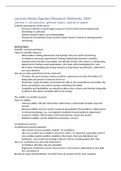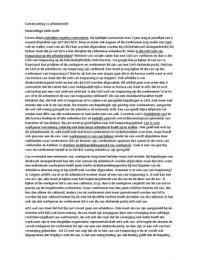College aantekeningen
College aantekeningen Toegepaste onderzoeksmethoden: Ontwikkeling & Mentale Gezondheid (SOW-PSB3RS45E)
- Vak
- Instelling
College aantekeningen van het vak Toegepaste onderzoeksmethoden: Ontwikkeling & Mentale Gezondheid (SOW-PSB3RS45E), oftewel Applied Research Methods DH, in het Engels, geschreven tijdens collegejaar 2022/2023
[Meer zien]











